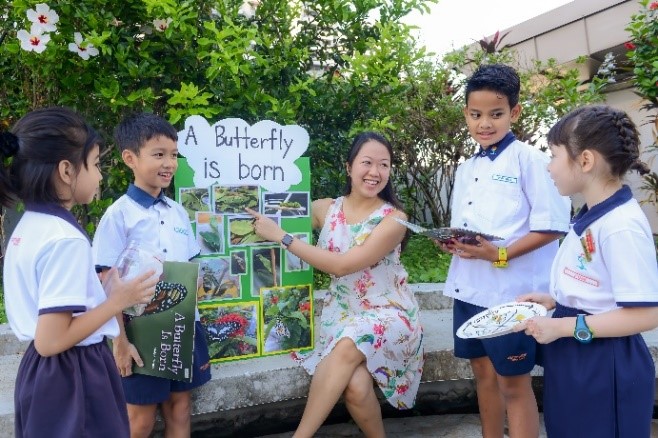Is the removal of mid-year examinations for your child leaving you relieved and worried in equal measures?
Be reassured that even though there are fewer pen-and-paper tests for certain levels, teachers are continuing to monitor your child’s learning in a variety of ways and giving feedback and suggestions to help improve his learning.
After all, the whole point of assessment is for the teacher, the child and the parents to understand what the child has learnt, identify his strengths and what he needs to work more on, so the gaps in his understanding can be addressed.
Here’s a snapshot of varied activities that take place regularly during teaching and learning. And they don’t come with marks or grades.
1. Popsicle sticks
How does it work: The teacher has a cup of ice-cream sticks. Each stick has a student’s name on it. The teacher picks a stick at random and asks a question to check that students are able to follow the lesson or for understanding. This carries on.
What does it achieve: It makes all students ready to participate. Particularly good to ensure that teachers get to involve as many students possible within a lesson. Teachers get a fast dip-stick sensing of students’ learning and whether the class or some students need further support to understand the topic.
2. Four corners
How does it work: Imagine being part of a game show where the host polls the audience for responses. Sections of the classroom represent a possible response. Students select which section they want to walk to.
What does it achieve: Students get to move around, and everyone takes part. They can discuss their chosen response in the group that they have joined. The teacher, at a glance, knows where students stand on an issue, and can get them to justify their response. This is an excellent way to address misconceptions, tackle questions that require students to voice their opinions, and allow teachers to provide feedback.
3. Traffic lights
How does it work: Teachers use three colours – green, yellow, red – to highlight worksheets and compositions. The colours visually provide feedback on how well the student has written certain passages. Green is great. Yellow – can be improved. Red – need to re-look.
What does it achieve: Shows teachers and students at a glance what has been done well and what the student can improve on.
4. Exit pass
How does it work: Before students leave the class, students are given a piece of paper with some questions. The questions require a thoughtful response. For example, “What was the most challenging part of learning about the digestive system?” or “The ratio 3:12 is the same as 2:8. Is it true? Provide an explanation”.
What does it achieve: Teachers read through the responses to assess students’ learning and identify possible gaps in their understanding of concepts, and which students may need a bit more help.
5. ICT
How does this work: An example of ICT-enabled feedback, teachers use pre-recorded clips of good examples of students reading oral passages to share a set of rubrics for students to understand how they can improve their reading skills. Students then use apps to record themselves reading pieces of text in English or Mother Tongue Languages. They share these with teachers and peers, and gather feedback on how they did.
What does it achieve: Makes it more effective for teachers to give personalised feedback on oral work. This is an example of the different ways in which students’ learning is being supported. With the Student Learning Space today, students can read feedback from their teachers at home as well.
Here’s a small activity for you to do. Ask your child to share any interesting activity that he did in class. You might just realise that it is one of the many assessment strategies described above.






